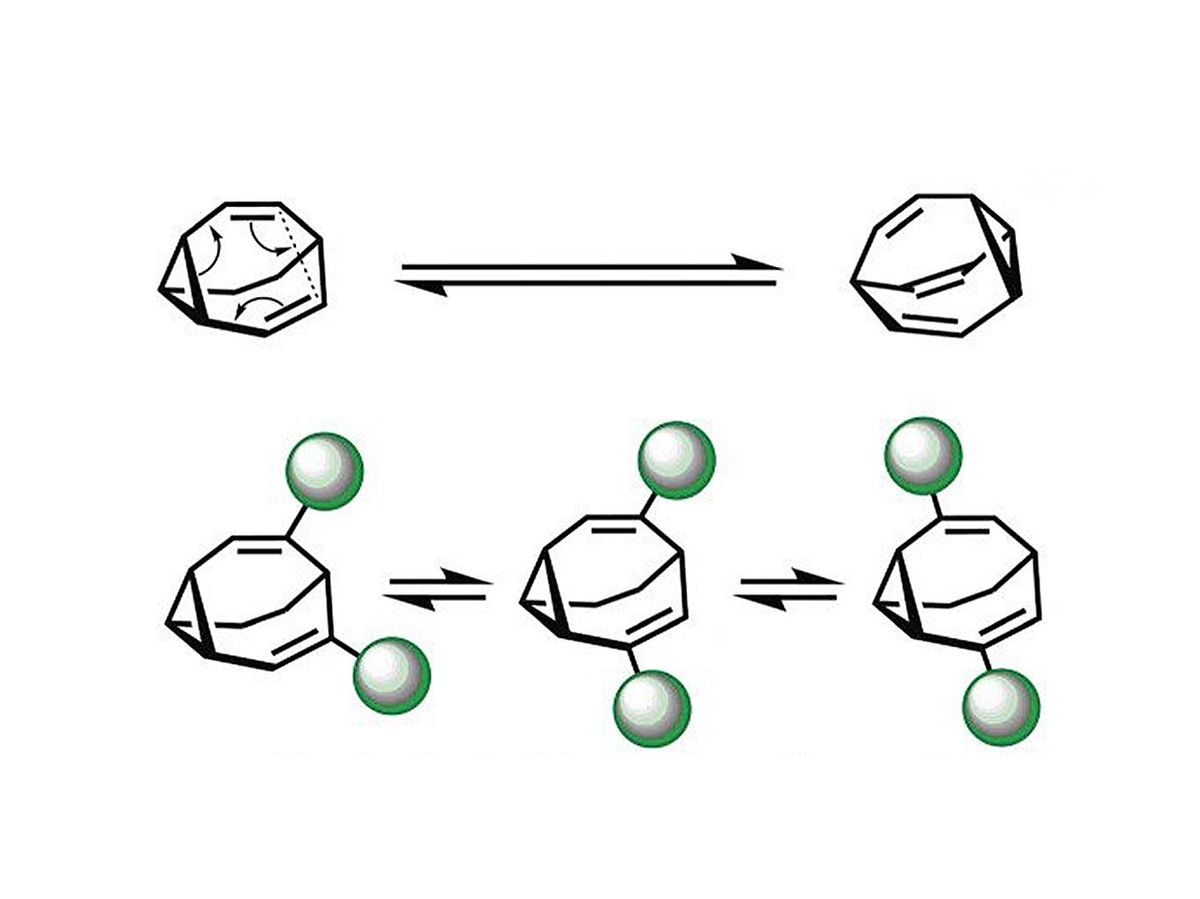Electronic sensors that use piezoresistance—that is, a change in the electric resistance of a material due to mechanical activity—are common in many devices, including cars, medical wearables, and smartphones. Now, researchers in Australia have developed a tiny version of a piezoresistor, as small as a single molecule, that could enable an entirely new host of applications.
Aside from the piezoresistor’s small size, what’s new is its molecular base, says one of the study’s authors Nadim Darwish, a molecular electronics researcher at Curtin University in Perth, Australia. “The base of existing piezoresistors are made from solid states, or from silicone, or other type of crystals…but we use organic molecules, made mainly from carbon…[which means they] can be coupled to other molecules and to biological molecules [like proteins and enzymes].”
This would make the sensor useful in biosensors to detect diseases, for instance. There are other possible applications in chemical sensors, human–machine interfaces, and health monitoring devices. The researchers’ paper was published in Nature Communications on 3 October.
“We found a use for something that would normally be a disaster.” —Jeffrey Reimers, University of Technology Sydney
The sensor is based around a hydrocarbon molecule called bullvalene, with 10 carbon and 10 hydrogen atoms. The bullvalene appears to be a stable molecule, but displays some peculiar behavior—its carbon atoms are constantly changing places with one another internally. Study co-author Thomas Fallon, an organic synthesis expert at Newcastle University, likens it to a wire that changes its shape, length, and properties simultaneously and spontaneously.
When mechanically strained, the bullvalene molecule shape-shifts into different forms, called isomers; this happens very fast, and the isomers have different electrical resistance, which alters electricity flow. “You wouldn’t want something in your body changing like that, or the parts of a car engine rearranging [themselves] 3,000 times a second,” co-author Jeffrey Reimers, a physical chemistry researcher at the University of Technology Sydney, says. “We found a use for something that would normally be a disaster.”
The speed at which bullvalene shape-shifts is the underlying principle by which the sensor operates. However, the molecule’s “dance” would be meaningless without being able to take sensible measurements of its resistance on a millisecond timescale. This was where the experiment began, Fallon says, to see if the researchers could detect the molecule changing shape in real time. “Because if we can do that, we can do many things in the future.”
The researchers used scanning tunneling microscopy (STM) techniques to take their measurements. An STM microscope is a very specialized device that can obtain resolutions at the atomic scale using voltage pulses. Instead of using light or electron beams, the STM uses a quantum mechanical process called electron tunneling. An ultrasharp conductive tip (in this case, made of gold) is positioned less than 1 nanometer from the specimen, which scans the surface. Applying a small voltage to the STM tip makes electrons tunnel across the gap. The changes in the tunneling current can be resolved into an image of the atomic surface.
“You can think about it as an alternative way of sensing,” says Darwish. By being able to detect how the resistance changes in this molecular sensor, when it is coupled with a biomolecule, like a protein or enzyme, it would be possible to detect changes in those proteins or enzymes.
At this point, the researchers stress, this is fundamental research, and not a functional device that can go into the market. Their work comprised multiple specializations, which Reimers sums up: “Thomas [Fallon] makes the molecule; Nadim [Darwish] puts them on the STM and takes the measurements; I simulate all the chemical structures that could be involved, and the rates and the processes; and Daniel [Kosov] does the quantum physics to work out the conductivity based upon the structures that I generate.”
To make the device practically useful involves getting rid of the STM, and transferring the technology to a cheap platform that can used in a pathology lab or a doctor’s studio, on spacecraft to analyze the stresses on its body in real time, and so on. The researchers are already working on some of this.
“There are other technologies being developed right now, like nano arrays that have electrodes separated by by by few nanometers, [which] can be combined with with our bullvalenes,” says Darwish. He feels they are not so far from creating a functional device. Since the publication of their current paper, the team have made progress in developing a thin film made of bullvalenes that can be put on a small chip. They call it the next logical step from the single-molecule level.
- This Neural Net Maps Molecules to Aromas ›
- Building a Single-molecule Transistor from Scratch ›
- First Single-Molecule LED ›
Payal Dhar (she/they) is a freelance journalist on science, technology, and society. They write about AI, cybersecurity, surveillance, space, online communities, games, and any shiny new technology that catches their eye. You can find and DM Payal on Twitter (@payaldhar).



